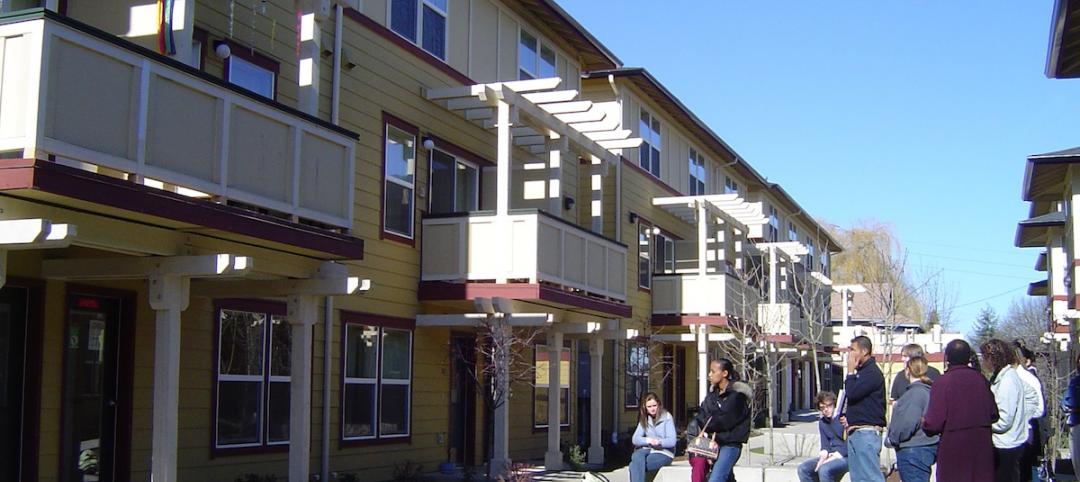A consortium of construction firms, property developers, and building engineers have pledged to drive down the carbon emissions of concrete.
The new ConcreteZero initiative consists of 17 companies that have pledged to bring the proportion of “low-emissions” concrete they use to 30% by 2025 and 50% by 2030. Major European construction firms including Laing O’Rourke, Mace, Skanska UK, and Willmott Dixon; property owners and developers including Canary Wharf Group and Grosvenor; and engineering firms including Buro Happold and Thornton Tomasetti are aiming to use only zero-carbon concrete by 2050.
The 2050 goal is a high mark that will likely be hard to reach. Cement production accounts for between 7% and 8% of global carbon emissions today. With increasing demand for concrete for construction, and the carbon-intensity of global cement production growing, emissions from concrete production have been rising in recent years.
But options to reduce the carbon-intensity of concrete are broadly available, practical, and cost-effective today, building decarbonization experts say. ConcreteZero is modeled on similar Climate Group initiatives including a pledge to boost the use of renewable energy to commit to sourcing more low-carbon steel.
Related Stories
Museums | Jul 28, 2015
MUST SEE: Zaha Hadid's latest museum project is built into a mountain
The museum, dedicated to legendary mountaineer Reinhold Messner, is embedded within Mount Kronplatz in northern Italy.
Sponsored | Flooring | May 18, 2015
Suburban L.A. high school battles moisture-soaked flooring
School officials had to take action when popped flooring created trip hazards
Multifamily Housing | Mar 16, 2015
New Jersey Supreme Court puts control of affordable housing agency in the courts
The court said the state’s affordable housing agency had failed to do its job, and effectively transferred the agency's regulatory authority to lower courts.
| Nov 7, 2014
Prefab helps Valparaiso student residence project meet an ambitious deadline
Few colleges or universities have embraced prefabrication more wholeheartedly than Valparaiso (Ind.) University. The Lutheran-based institution completed a $27 million residence hall this past summer in which the structural elements were all precast.
| Sep 30, 2014
Breakthrough concrete mix could reduce carbon emissions by 60%
Scientists at MIT have found a way to decrease the carbon emissions that result from concrete production: reducing the ratio of calcium to the silicate-rich clay.
| Aug 5, 2014
New bomb-proof concrete mixture used in One World Trade Center
The new concrete mix deforms instead of breaking, removing the threat of flying debris in an explosive attack.
| Jul 11, 2014
Are these LEGO-like blocks the future of construction?
Kite Bricks proposes a more efficient way of building with its newly developed Smart Bricks system.
| Jun 12, 2014
Austrian university develops 'inflatable' concrete dome method
Constructing a concrete dome is a costly process, but this may change soon. A team from the Vienna University of Technology has developed a method that allows concrete domes to form with the use of air and steel cables instead of expensive, timber supporting structures.















